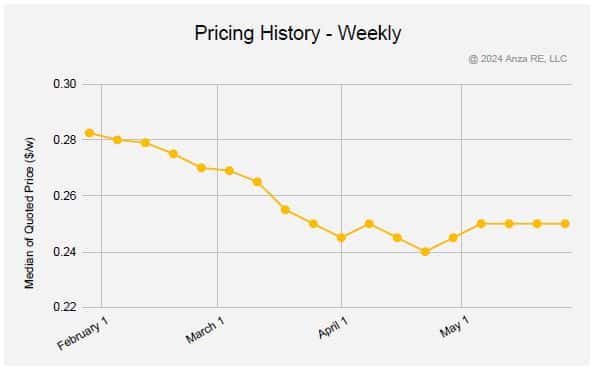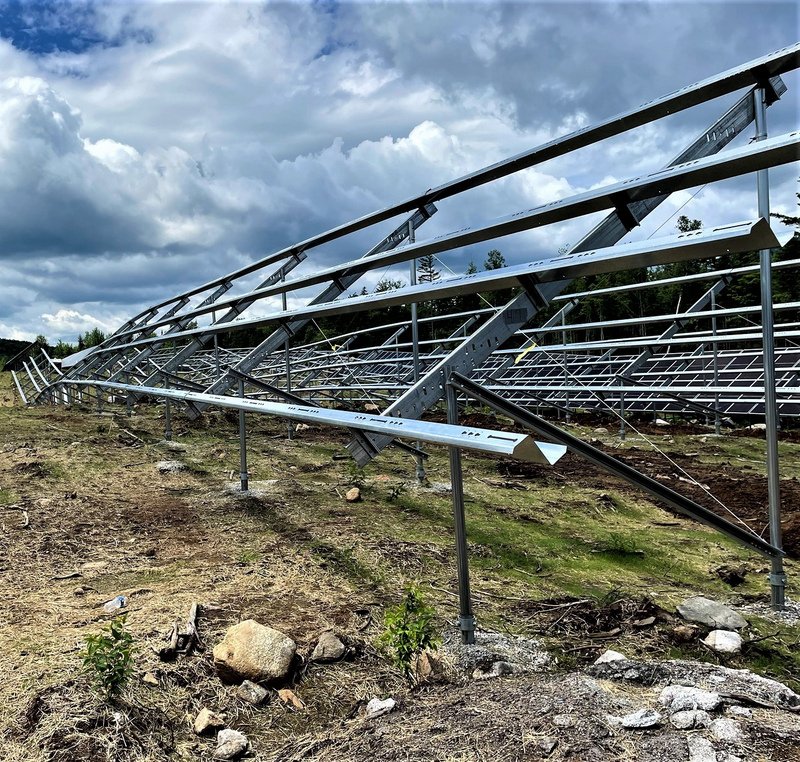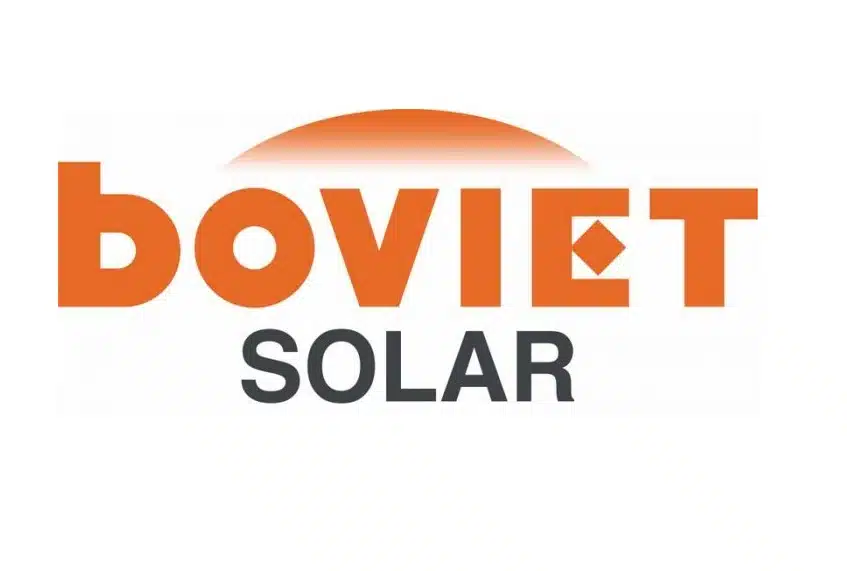Anza: Solar module prices hit a floor in Q2, and are trending back up

The solar industry has hit a solar module pricing floor, and prices are on their way back up across the entire industry. This claim comes via Anza’s Q2 Pricing Insights Report on the U.S. solar module market.
Anza is a solar and energy storage supply chain platform that connects buyers with a database of real price quotes Anza’s pricing insights are gleaned from an aggregation of data from 95% of the U.S. solar module suppliers.
The solar industry has seen record lows in module pricing the last few years. This quarter’s report highlights the first price increase in years from some suppliers in response to the latest Anti-Dumping and Countervailing Duty (AD/CVD) petition and the reinstatement of bifacial import duties.
“After years of record low pricing, we’re seeing the market start to rebound as domestic manufacturers have less pricing pressure from foreign producers that are subject to tariffs,” said Mike Hall, CEO of Anza. “We’re expecting to see this upward price trend continue from here, making it critical for new projects to consider current pricing and potential tariff impacts when sourcing materials.”
Solar module prices going up. Why?

Anza’s previous update in February 2024 highlighted the downward pricing trend of 12.3 cents/watt or 31% over the previous 12 months – a trend that continued the past three months. From February to May 2024, the median module price dropped from 27.9 cents per watt to 25 cents per watt, marking an 11% decrease.
But “the most substantial change occurred between February and March 2024, when prices fell by 2.5 cents or 8.6%. Between April and May, module pricing started to creep back up, at about 2%.
“With the addition of May’s data, we see a clear pricing floor and a bounce back upward. New solar module tariffs and regulatory changes have materially affected pricing, though we are only starting to see early signs of those impacts.”
What happened in April? Oh yeah: The new AD/CVD petition was filed on April 24, 2024, against Cambodia, Malaysia, Thailand, and Vietnam, and that familiar chilling effect took hold once again.
“Although preliminary anti-dumping determinations for this case are not expected until Q4 of this year, additional duties could be applied retroactively as early as May-June 2024 if critical circumstances are found and the case is fast-tracked.”
The uptick is small, but this is “the first time since late 2022 that we are seeing increases from suppliers, likely in response to the new trade regulations.”
How Anza works
CEO Mike Hall gave us a demo of the Anza platform on this episode of The Pitch:
Anza Pricing Insights
Anza’s quarterly Pricing Insights report give developers, IPPs, EPCs, utilities, and investors better, faster access to data to optimize buying decisions that drive long-term project value. Anza’s Insights Report highlights ongoing data-driven trends in the solar module market that have traditionally been siloed or hard to access, including the impact of competition, shifting costs in solar cell technology, and the impacts of government incentive programs and international tariffs.
In addition to that market price analysis, the Anza Q2 report also compares pricing for:
- TOPCon vs. Mono PERC
- Tier 1 vs. Non-Tier 1 Modules
The full pricing data from Anza’s latest Pricing Insights Report is for subscribers only. To learn more about how to mitigate risk from the latest solar tariffs, see Anza’s latest guidance.





Comments are closed here.